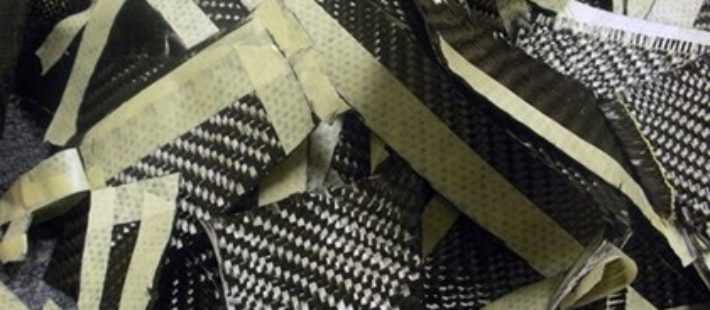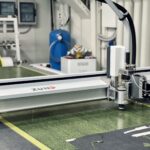

Tim Young, Head of Sustainability del National Composites Centre, ha illustrato a “The Engineer” i risultati di una ricerca realizzata dall’istituto che fornisce una panoramica delle possibilità di introdurre soluzioni basate sulla chimica nella supply chain dei compositi nel Regno Unito, al fine di garantire la sostenibilità nel settore….

Il National Composites Center (NCC) sta promuovendo un progetto industriale congiunto (JIP) che affronterà la sfida del benchmarking delle prestazioni di permeabilità dei tubi compositi termoplastici (TCP) per la distribuzione dell’idrogeno. L’obiettivo verrà raggiunto attraverso la produzione di campioni di tubi standardizzati, che costituiranno un database di misurazione della capacità del rivestimento e del materiale di rinforzo….

L’azienda belga Umbrosa sviluppa ombrelli e ombrelloni per esterni che, essendo utilizzati anche in ambienti costieri o boschivi, devono essere in grado di sopportare l’esposizione prolungata al vento forte, all’acqua salata, alle piogge e ai raggi solari. Per migliorare le prestazioni meccaniche dei propri prodotti, Umbrosa ha scelto di affidarsi ad Exel Composites che ha progettato nervature in compositi per ombrelli….

The Italian automaker Pagani makes some of the world’s most exclusive hypercars. The chassis consists entirely of carbon-fiber parts. For cutting, Pagani has been relying on equipment from Swiss cutting-system manufacturer Zünd for more than 20 years. In 2015, Pagani installed its first cutting system Zünd G3 L-2500. The 2018 was the year of the second G3 L-2500….

La casa automobilistica italiana Pagani produce alcune delle hypercars più esclusive al mondo. La monoscocca è realizzata in materiali compositi di ultima generazione come il Carbo-Titanio. Per il taglio, l’azienda modenese si affida da oltre vent’ anni alle tecnologie della svizzera Zünd. Nel 2015, Pagani ha installato il suo primo sistema di taglio Zünd, modello G3 L-2500. Risale, invece, al 2018 l’inserimento in produzione del secondo G3 L-2500….

